Regulatory Compliance
Regulatory compliance is a critical driver for the Chemical Pulp Market, as governments worldwide implement stringent environmental regulations. These regulations aim to minimize the ecological impact of pulp production, necessitating adherence to sustainable practices. In 2025, compliance with these regulations is expected to influence market dynamics significantly, as companies invest in cleaner technologies and processes. The need for certifications, such as Forest Stewardship Council (FSC) and Sustainable Forestry Initiative (SFI), is becoming increasingly important for market access. Companies that proactively engage in compliance are likely to enhance their brand reputation and gain a competitive edge. This focus on regulatory adherence not only fosters sustainability but also drives innovation within the Chemical Pulp Market, as firms seek to develop compliant yet efficient production methods.
Sustainability Initiatives
The Chemical Pulp Market is increasingly influenced by sustainability initiatives, as consumers and businesses alike prioritize eco-friendly practices. The demand for sustainable products has surged, with a notable increase in the use of recycled materials and renewable resources. This shift is driven by regulatory frameworks that encourage sustainable forestry practices and the reduction of carbon footprints. In 2025, the market is projected to witness a growth rate of approximately 4.5%, largely attributed to these initiatives. Companies are investing in sustainable technologies and processes, which not only enhance their market position but also align with consumer preferences for environmentally responsible products. As a result, the Chemical Pulp Market is likely to see a transformation in production methods, focusing on minimizing waste and maximizing resource efficiency.
Technological Advancements
Technological advancements play a pivotal role in shaping the Chemical Pulp Market. Innovations in processing techniques, such as improved pulping methods and enhanced bleaching processes, are driving efficiency and reducing environmental impact. The introduction of digital technologies, including automation and data analytics, is streamlining operations and optimizing production. In 2025, the market is expected to benefit from these advancements, with a projected increase in production capacity by around 6%. Furthermore, the development of alternative pulping technologies, such as enzymatic and organosolv processes, is gaining traction, offering potential cost savings and reduced chemical usage. These technological shifts not only enhance product quality but also position companies competitively within the Chemical Pulp Market.
Diversification of Products
The diversification of products within the Chemical Pulp Market is becoming increasingly prominent as manufacturers seek to meet evolving consumer demands. This trend encompasses the development of specialty pulps, which cater to specific applications in industries such as textiles, food packaging, and pharmaceuticals. In 2025, the market is anticipated to expand by approximately 5%, driven by the introduction of innovative pulp grades that offer enhanced performance characteristics. Companies are exploring new formulations and blends to create value-added products, thereby broadening their market reach. This diversification not only helps in mitigating risks associated with market fluctuations but also aligns with the growing trend of customization in consumer products. As a result, the Chemical Pulp Market is likely to witness a shift towards more specialized offerings.
Rising Demand for Paper Products
The rising demand for paper products is a fundamental driver of the Chemical Pulp Market. As economies continue to grow, the consumption of paper in various sectors, including packaging, printing, and hygiene products, is on the rise. In 2025, the market is projected to expand by approximately 4% due to this increasing demand. The shift towards sustainable packaging solutions is further propelling the need for chemical pulp, as manufacturers seek to replace plastic with biodegradable alternatives. This trend is particularly evident in the food and beverage sector, where eco-friendly packaging is gaining traction. Consequently, the Chemical Pulp Market is likely to experience robust growth, driven by the sustained demand for paper-based products.


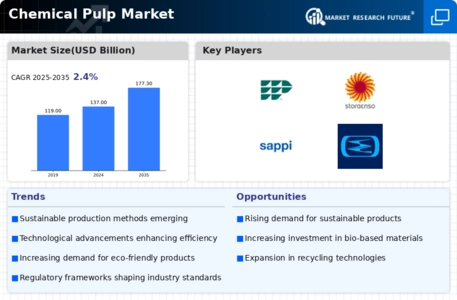
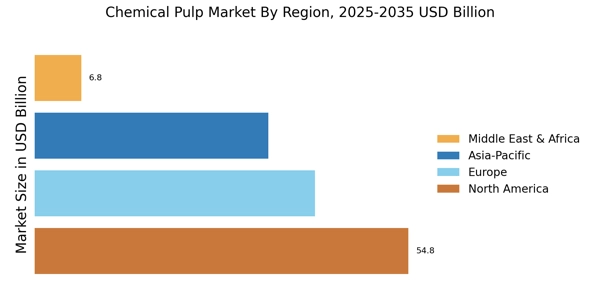
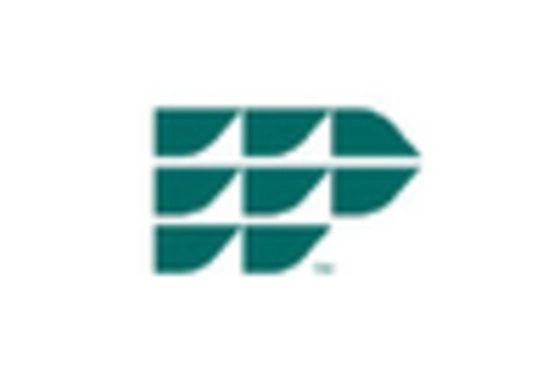


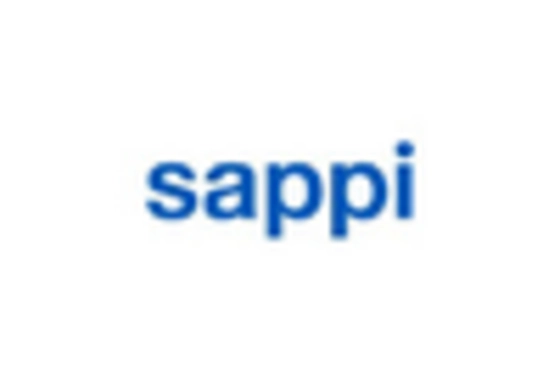
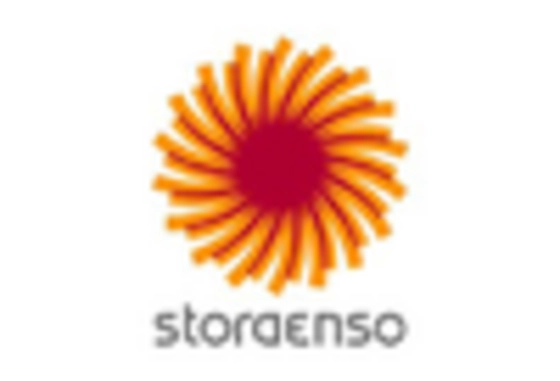
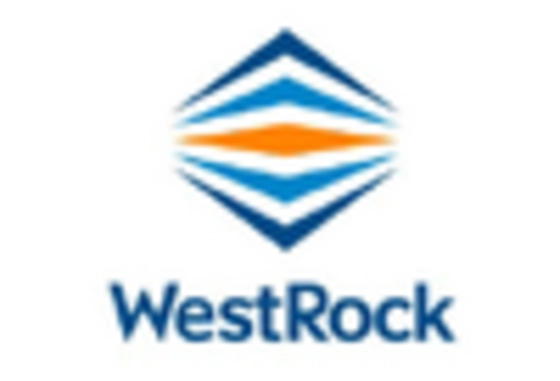








Leave a Comment